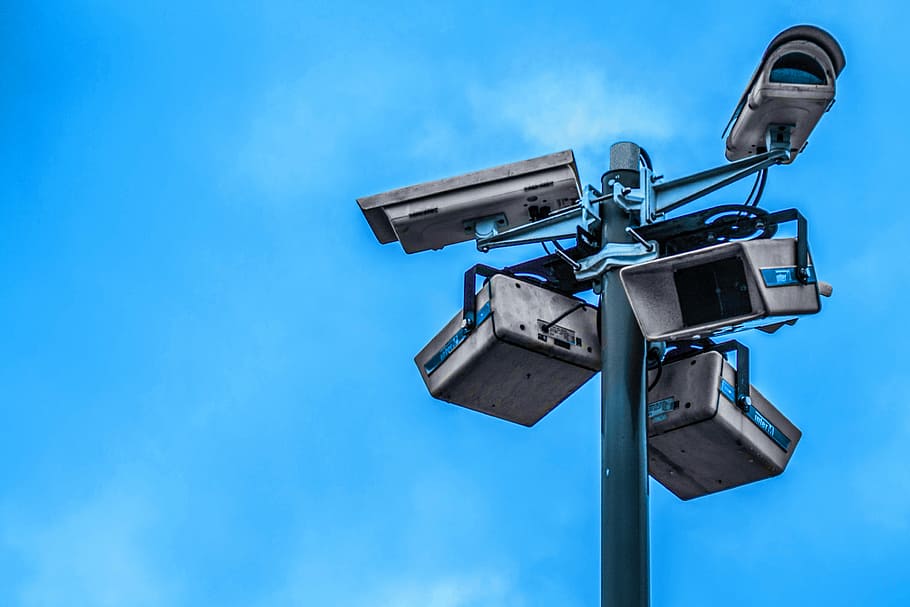Surveillance in Focus: Exploring the Landscape of Security Cameras

In an increasingly interconnected world, security cameras have become ubiquitous fixtures in our daily lives, serving as silent sentinels that monitor, record, and analyze activities in both public and private spaces. In this comprehensive analysis, we delve into the multifaceted realm of security cameras, examining their evolution, applications, benefits, and ethical considerations. From their role in crime prevention and law enforcement to their impact on privacy and civil liberties, we explore the complexities and implications of surveillance technology in the modern age.
The history of security cameras traces back to the early 20th century, with the invention of closed-circuit television (CCTV) systems for monitoring industrial processes and public spaces. Over the decades, advances in technology have transformed surveillance cameras from bulky, analog devices to sleek, high-definition digital systems capable of capturing and transmitting video footage in real-time. Digital cameras offer superior image quality, remote access capabilities, and advanced features such as motion detection, facial recognition, and night vision, making them indispensable tools for security professionals, law enforcement agencies, and businesses worldwide.
Applications and Use Cases: Safeguarding People and Property
Security cameras play a crucial role in safeguarding people, property, and assets across various domains, including residential, commercial, and public sectors. In residential settings, surveillance cameras are used to deter burglaries, vandalism, and other criminal activities, providing homeowners with peace of mind and a sense of security. In commercial establishments such as banks, retail stores, and office buildings, security cameras help prevent theft, monitor employee behavior, and ensure compliance with safety regulations. In public spaces, such as airports, train stations, and city streets, surveillance cameras assist law enforcement in detecting and responding to security threats, identifying suspects, and maintaining public order. Additionally, security cameras are deployed in critical infrastructure facilities, such as power plants, transportation hubs, and government buildings, to protect against terrorist attacks, sabotage, and other security risks.
Benefits of Surveillance: Enhancing Safety and Security
The proliferation of security cameras has yielded numerous benefits in terms of crime prevention, law enforcement effectiveness, and public safety. Studies have shown that the presence of surveillance cameras can act as a powerful deterrent to criminal behavior, reducing the incidence of theft, vandalism, and other offenses in monitored areas. Moreover, security cameras provide valuable evidence for investigations, prosecutions, and court proceedings, helping law enforcement agencies apprehend suspects and secure convictions. In emergency situations, such as natural disasters, accidents, or terrorist attacks, surveillance cameras enable authorities to assess the situation, coordinate response efforts, and mitigate risks to public safety. By enhancing situational awareness and enabling proactive intervention, security cameras contribute to the overall security posture of communities and organizations, fostering a safer and more secure environment for all.
Ethical and Privacy Considerations: Balancing Security with Civil Liberties
Despite their undeniable benefits, security cameras raise important ethical and privacy considerations that must be carefully addressed to ensure responsible deployment and use. Concerns about surveillance creep, government overreach, and mass surveillance have prompted debates about the appropriate scope, scale, and oversight of surveillance activities. Questions about data retention, access controls, and data sharing also raise concerns about the potential misuse or abuse of surveillance data for unauthorized purposes. Additionally, issues related to consent, transparency, and accountability underscore the need for robust legal frameworks, ethical guidelines, and public engagement processes to safeguard individual rights and freedoms in the digital age. As technology continues to evolve and surveillance capabilities expand, it is essential to strike a balance between security imperatives and respect for civil liberties, privacy rights, and human dignity.
Future Trends and Innovations: Advancing Surveillance Technology
Looking ahead, the future of security cameras is characterized by ongoing innovation, integration, and convergence with other emerging technologies. Artificial intelligence (AI) and machine learning algorithms are increasingly being integrated into surveillance systems to enable advanced analytics, predictive modeling, and automated threat detection capabilities. Cloud-based storage and edge computing solutions offer scalable, cost-effective alternatives to traditional on-premises surveillance infrastructure, enabling real-time video processing, remote monitoring, and seamless integration with other security systems. Moreover, the proliferation of Internet of Things (IoT) devices, such as smart sensors, drones, and wearable cameras, is expanding the scope and reach of surveillance networks, enabling comprehensive monitoring and situational awareness across diverse environments and use cases. By embracing these trends and harnessing the power of technology, security cameras are poised to play an even more pivotal role in protecting lives, property, and critical infrastructure in the years to come.
Conclusion: Navigating the Complexities of Surveillance Technology
In conclusion, security cameras represent a double-edged sword in the modern era, offering both benefits and challenges in equal measure. While they have proven instrumental in enhancing safety, security, and crime prevention, they also raise important ethical, privacy, and civil liberties concerns that demand thoughtful consideration and mitigation. As surveillance technology continues to evolve and proliferate, it is imperative to adopt a holistic approach to security that balances the need for protection with respect for individual rights and freedoms. By fostering transparency, accountability, and public engagement, we can harness the power of security cameras to create safer, more resilient communities while upholding the values of democracy, justice, and human rights in the digital age.
